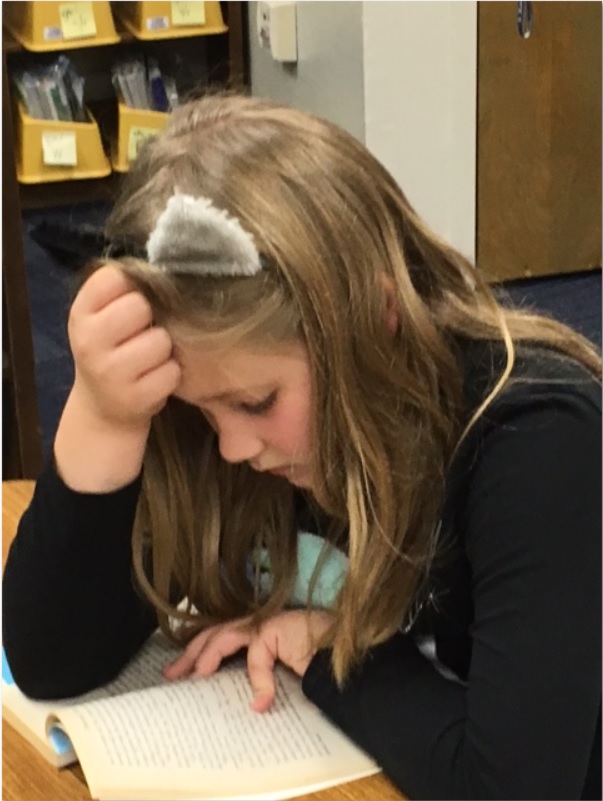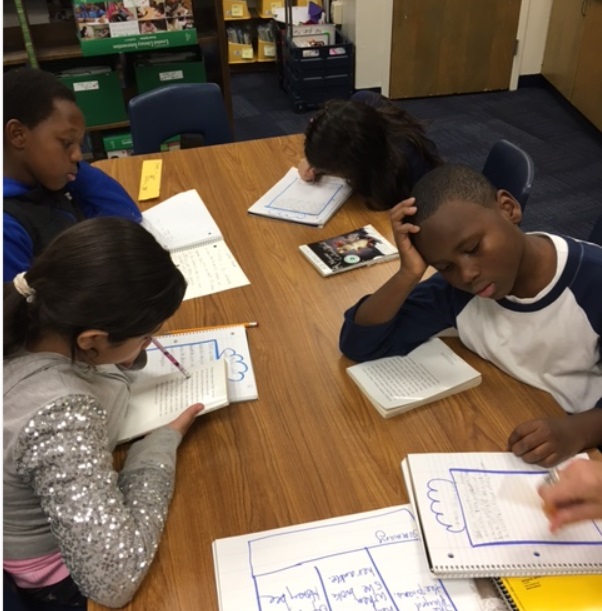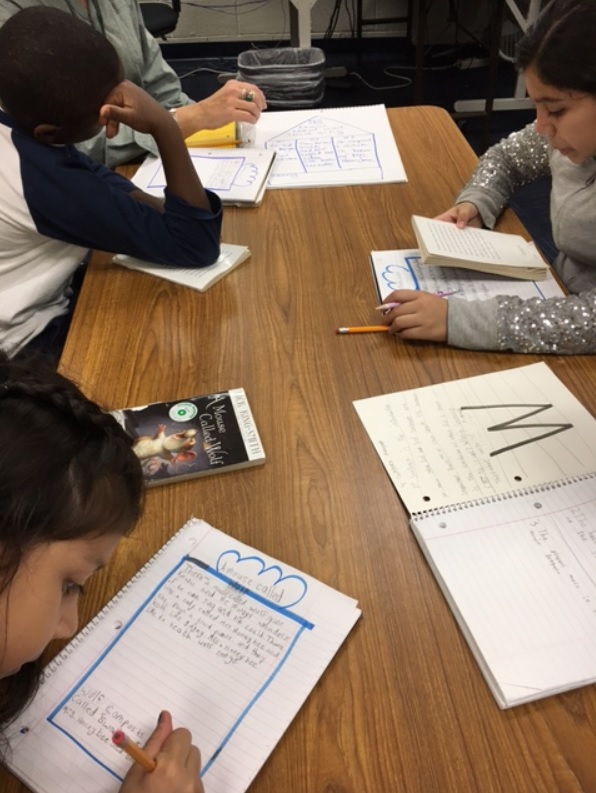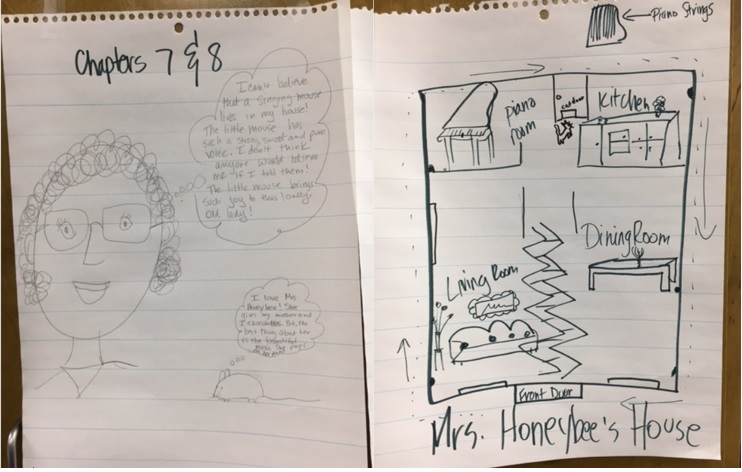This post generated a lot of interest when it first went live back in December. I’m re-posting this week in an effort to continue this very important conversation. Intervention must be thoughtfully designed for our most fragile readers.
Much has been written about RtI. We have protocols and models, research-based practices and progress monitoring tools, charts, graphs and forms ad nauseam.
Where is the growing number of children who love to read, and read voraciously on their own? (And, I might add, without silly incentives?)

Isn’t that what we were after when “The 2004 reauthorization of the Individuals with Disabilities in Education Act (IDEA) allows states and school districts to use a portion of federal special education funds to provide coordinated early intervening services to students at risk of reading failure…”?
For those who would like to revisit a recent evaluation of RtI by the U.S. Department of Education, in partnership with IES and NCEE, take a look here. All 308 pages.
I believe wholeheartedly in the need for specific, research-based practices that support students in gaining strategies for improving their ability to both read accurately and comprehend text at a deep level.
What I worry about is that in the process of intervening for readers, we extinguish or at the very least, postpone the absolute sheer delight that comes with reading great texts.
Where’s the Magic?
Four days a week I witness first-hand the magic of learning to read. Mrs. O is an interventionist on our K-6 campus and I share office space with her in Room 18. When I’m not in a classroom working with teachers and kids, I sit at my desk and learn from the master teacher of learning to love to read.
Mrs. O is in compliance with our district model of RtI, but she also knows that it takes more to become a lover of books. More than phonics instruction. More than repeated reading of leveled texts. More than picture walks or front-loaded vocabulary, or comprehension questions.

A typical intervention session with Mrs. O includes:
- Phonics/Word Work
- Quick re-read of a familiar text
- Introduction of a new text
- Students read independently while teacher listens
- New strategy lesson on comprehension skills
- Questions to facilitate critical thinking within/beyond/about the text
- Engaging teacher read-aloud and written response
Look familiar? It should.
Did you, however, spot the outlier? Mrs. O chooses high-interest, children’s books to read aloud to her small group of students.
Magic. Pure magic.
Reading Intervention Alchemy
Here’s what the read-aloud looks like:
Mrs. O asks students to quickly recap what they’ve read to that point. Sometimes students are asked to listen for a specific event, character reaction, or an element of author’s craft before she starts the new chapter or short selection from the text. Sometimes they just listen to Mrs. O read. At the close of the read-aloud, students write. Always. With lots of support from Mrs. O (who, BTW, is writing while the students write). Everyone shares their written response.
Students in Mrs. O’s intervention group are reading books (or hearing books read aloud) that are a direct match to the content they are learning in their Tier I instruction. So often our kids who require additional support miss out on the “meaty” bits of reading content in their whole class instruction. Not on Mrs. O’s watch.
For example, several weeks ago third grade students were engaged in an inquiry unit about the Civil Rights Movement. Mrs. O’s intervention session included a read-aloud or a leveled reader about that pivotal time in our nation’s history. There were books about Jackie Robinson and Hank Aaron, Martin Luther King and Coretta Scott King along with other great black heroes. The students asked so many questions about the civil rights movement that Mrs. O determined they needed a little more background information so they read The Drinking Gourd to understand the immense need for people in America to work together to create freedom for all its citizens.
Every day they wrote about what they’d read. I watched as the students struggled to articulate the heart of each text. Mrs. O exhorted and modeled and supported and listened. Every day they read their writing to an audience.

Bibliophilia as the Primary Intervention
The mysterious allure of Mrs. O’s reading intervention protocol is something that can’t be bought in a kit or mass-produced.
Mrs. O loves to read.
Maybe I should say she lives to read. She once told me that she can still remember the smell of the library she visited often as a child. She shares with me about the books she’s currently reading. She gives the absolute best impromptu book talks.
The love affair Mrs. O has with books is unmistakable. This book love wraps its arms around those burgeoning readers, drawing them into the text and, almost as important, drawing them into a supernatural binding of hearts with their beloved bibliophile of an intervention teacher.
That is true intervention. Taking a child who thinks they can’t or don’t want to read and knitting their hearts together through the shared experience of reading captivating texts is what ultimately makes a life-long reader.
A few days before our holiday break began, Mrs. O and her 3rd grade group finished reading A Mouse Called Wolf. So many miraculous things had happened to that small band of readers in a few short days. One child in the group is an ELL student who rarely shares openly in the discussions. A particular part of the story resonated with her and she and Mrs. O bantered back and forth giggling and making silly comments in reference to that event. Another student burst forth with an impromptu solo of the Beatles hit song, Help! (yet another great moment from the book.)

The laughter and the shared experience in that merry company in Mrs. O’s group as a result of their most recent read-aloud spoke volumes about their growth as readers. Reading intervention instruction for our most fragile readers is absolutely critical.
But so is an inexorable love of books.











If the teacher inspires the child by giving him/her the opportunity to read, write, share, communication brings on the magic. Talk the talk. Don’t just walk the walk.
Those practices do indeed inspire kids. Thanks for taking time to read and comment!